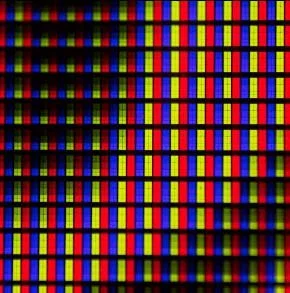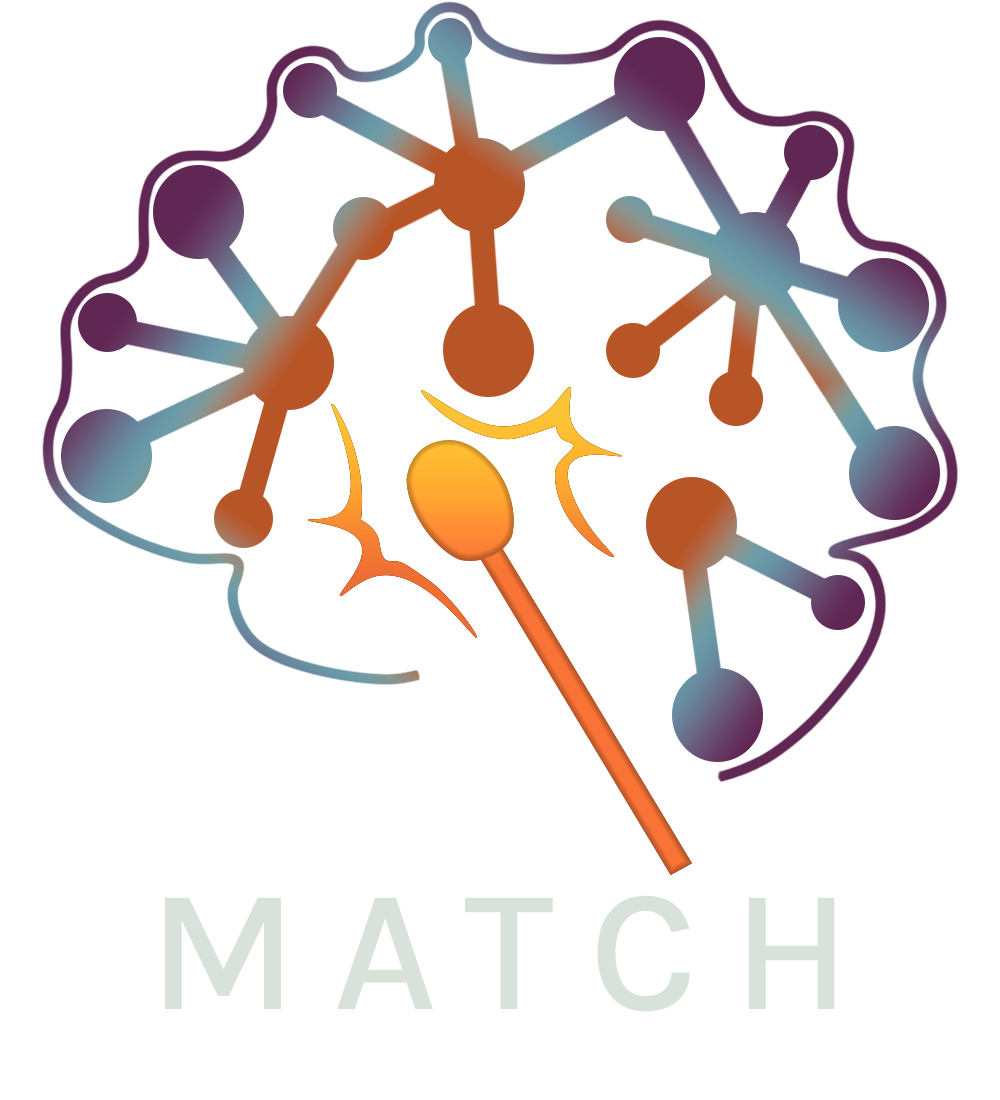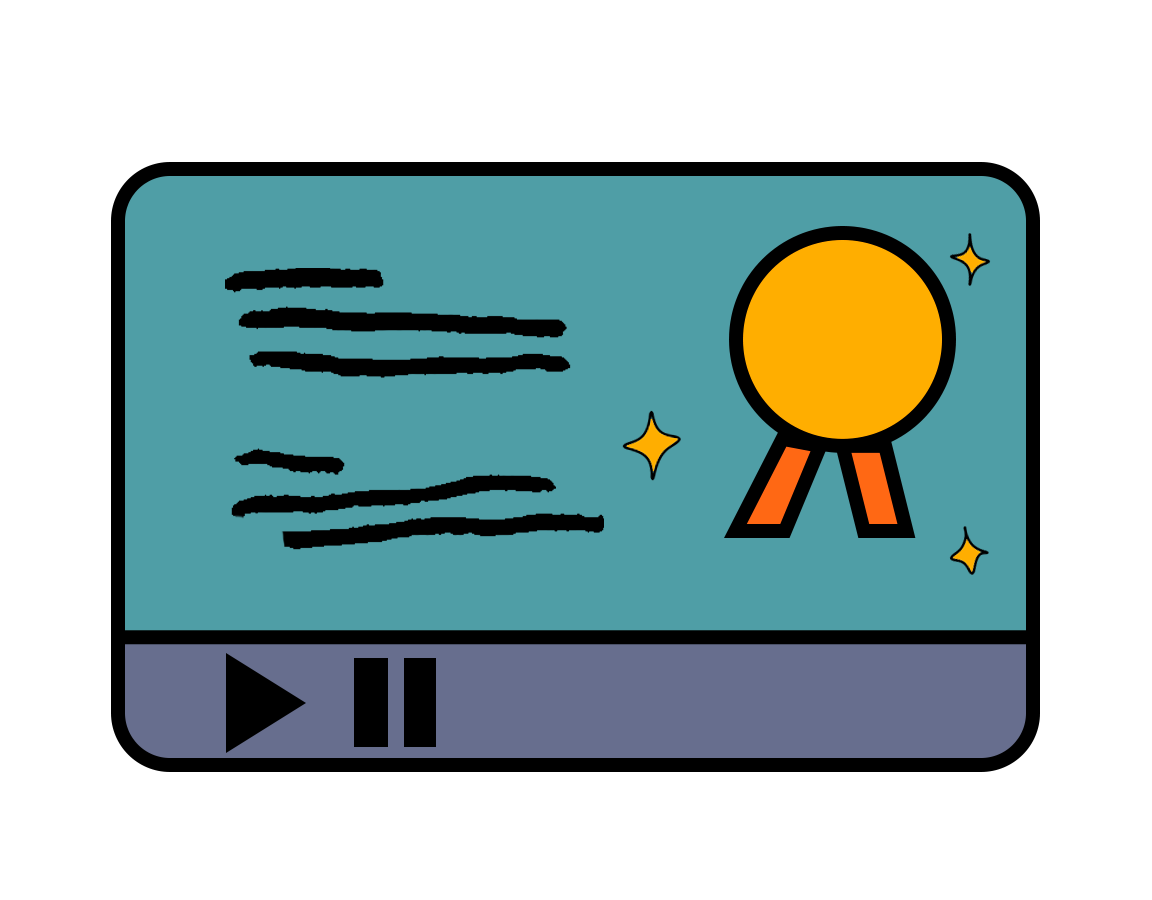
Accelerate your research.
Advance human health.
MATCH with AIM-AHEAD experts and AI tools
Expand your team’s AI proficiency
Part of the AIM-AHEAD Data and Infrastructure Capacity Building (DICB) Program
MATCH aims to ignite & accelerate AI and machine learning projects in biomedicine for AIM-AHEAD awardees and their teams

Workshops
April 22, 2025
Upcoming
-
This tutorial will introduce the core concepts of Continual Learning, focusing on how models can learn incrementally without forgetting previous knowledge. Participants will engage in hands-on exercises to implement key continual learning techniques using PyTorch. The session will also cover practical applications in AI and healthcare, demonstrating the importance of continual learning in real-world scenarios.
Jayanta Dey, Ph.D.
Post-doctoral research fellow @ UTSA MATRIX AI Consortium
April 29, 2025
-
Increasingly, generative AI models have shown a lot of promise in a variety of biomedical applications, such as Alpha-Fold for generating sequences of proteins and Evo for generating DNA sequences. This workshop gives an overview of current state-of-the-art methods for biomedical applications and how users can get started using code.
Sambit Panda, Ph.D.
AI Research Scientist @ UTSA MATRIX AI Consortium
Christian Cruz
AI Engineer @ UTSA MATRIX AI Consortium
Mignon Frances Dumanjog, M.S.
Research Software Developer @ UTSA MATRIX AI Consortium
Computer vision for 3D in vivo brain samples
David Hernandez-Guzman
PhD Candidate @ UTSA Biomedical Engineering
-
In this module of the MATCH Workshop Series, students will learn how to prepare and clean claims data, define spatial relationships, and compute measures of spatial dependence. The module emphasizes both theoretical understanding and practical implementation using R and RStudio, guiding learners through preprocessing workflows, spatial weights construction, and interpretation of clustering patterns in healthcare outcomes. Hands-on exercises provide experience applying global and local Moran’s I to real-world datasets, while discussions highlight common pitfalls, such as the Modifiable Areal Unit Problem (MAUP) and data quality issues, ensuring critical evaluation of results.
By the end of this module, students will be able to:
1. Define geospatial analysis and explain the role of spatial autocorrelation in healthcare and public health research
2. Differentiate between global and local measures of spatial autocorrelation, and interpret the outcomes of Moran’s I
3. Execute a complete Moran’s I workflow by preparing data, defining spatial neighbors, calculating the statistic, and interpreting results
4. Preprocess healthcare claims data, construct spatial weights matrices, and implement Moran’s I analysis using appropriate libraries using R & RStudio.
Paula Andrea Jaimes-Buitron
Ph.D. Candidate @ UTSA Biomedical Engineering
Past workshops
Core areas of expertise
-

Fine-tuning LLMs
-

Forecasting / prediction models
-

Federated learning
-

Continual learning
-

Computer vision
-

Molecular & omics data analysis
-

Model benchmarking and scoring
-

Geospatial population-level models




